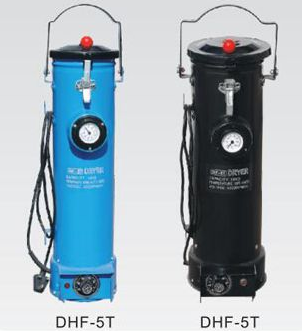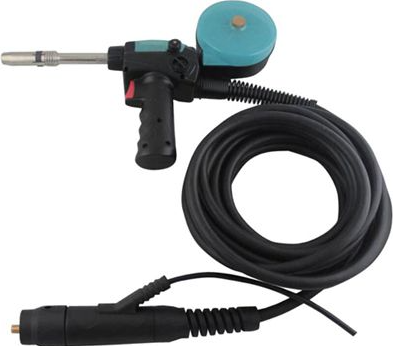Embarking on a journey into the world of welding can be both exciting and daunting. Whether you're interested in pursuing welding as a hobby or considering it as a career path, there are essential fundamentals to grasp before you start. Here are six key things you need to know to begin your welding journey:
1. Safety First
Before striking an arc or igniting a torch, prioritize safety. Welding involves intense heat, bright light, and potentially hazardous materials. Invest in proper personal protective equipment (PPE), including a welding helmet with a darkened lens, flame-resistant clothing, gloves, and safety glasses. Additionally, ensure your work area is well-ventilated to prevent the inhalation of harmful fumes and gases.
2. Understanding the Basics
Before diving into welding techniques and processes, familiarize yourself with the basic principles of welding. Understand how electricity flows through the welding circuit, the function of welding power sources, and the properties of various welding processes. Take the time to learn about common welding terminology, including terms related to welding positions, joint types, and welding symbols.

Euro Type Portable Welding Rod Dryer
3. Choosing the Right Equipment
Selecting the appropriate welding equipment is critical for achieving quality welds. Consider factors such as the type of welding you'll be doing (e.g., stick, MIG, TIG), the thickness of the materials you'll be welding, and the available power source (e.g., AC or DC). Research different welding machines, electrodes, filler metals, and shielding gases to determine the best options for your specific needs and budget.
4. Mastering Welding Techniques
Welding is a skill that requires practice and patience to master. Start by honing your technique on scrap metal or practice pieces before attempting more complex projects. Focus on maintaining a steady hand, controlling the welding arc or flame, and achieving proper penetration and fusion. Experiment with different welding positions and joint configurations to develop versatility and adaptability in your welding abilities.
5. Ensuring Proper Joint Preparation
Successful welding begins with proper joint preparation. Clean the base metals thoroughly to remove any dirt, rust, or contaminants that could compromise weld quality. Bevel or chamfer the edges of the joint to ensure proper penetration and create a smooth transition between the metal surfaces. Use appropriate welding fixtures or clamps to hold the pieces in position during welding, minimizing distortion and ensuring alignment.

Spool torch
6. Practicing Welding Safety
Continuously prioritize safety throughout your welding journey. Inspect your equipment regularly for signs of wear or damage, and perform necessary maintenance or repairs as needed. Always follow established safety protocols and procedures, including proper machine setup, electrode or filler metal selection, and fire prevention measures. Stay informed about potential hazards associated with different welding processes and materials, and take proactive steps to mitigate risks.
Conclusion
Starting your welding journey requires a solid foundation of knowledge, skills, and safety awareness. By understanding the basics, choosing the right equipment, mastering welding techniques, and prioritizing safety at every step, you can embark on your welding adventure with confidence and competence. Remember that welding is both an art and a science, and continuous learning and practice are key to becoming a skilled and proficient welder.







